Dark spots on teeth are a conventional difficulty that may mar an in any other case shiny smile and signal capacity dental troubles. Identifying the foundation Cause of Dark Spots on Your Teeth prevention and successful remedy.
Whether stemming from inadequate oral hygiene, nutritional choices, tobacco use, dental accidents, decay, medications, or genetic predispositions, understanding those elements empowers individuals to shield their oral fitness and maintain their radiant smiles through proactive measures.
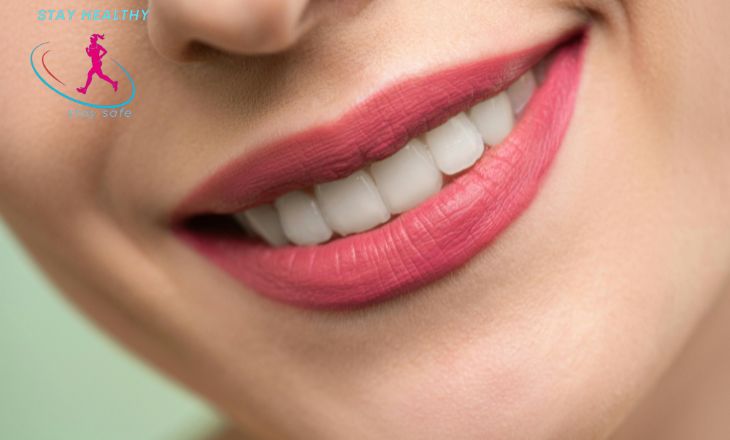
What is the Cause of Dark Spots on Your Teeth?
If you ever notice a black dot on your teeth, don’t brush it off; it can be a warning sign! This might be due to a few common reasons. You could have tooth decay, or maybe there’s damage in the enamel of your affected tooth. Another reason could be tartar build-up. Eating certain foods or drinking things like coffee, tea, or soda might be the cause.
Smokers might see this dot due to nicotine. Some kids get it from using certain antibiotics, like tetracycline. It could also be fluorosis, which is too much fluoride. Even conditions like celiac disease can trigger this.
What are the telltale signs of a cavity?
When you eat, food and bacteria can stick to your teeth. This can create a gummy substance called plaque. If you don’t get rid of this plaque, the acids in it can damage the surface of your teeth. This can create cavities. You might have a cavity if you notice: a dark spot on a tooth, sensitivity to hot or cold, constant tooth pain, a hole in a tooth, sensitivity to sweet things, or pain when eating.
If you have these symptoms, see a dentist soon to stop more decay or complications. Dentists usually suggest fillings for cavities that don’t affect the tooth’s nerves or pulp. If decay penetrates deeper, affecting the soft core beneath the enamel layer, your tooth’s pulp may become infected or inflamed. In this case, a root canal is commonly used to remove the decay.
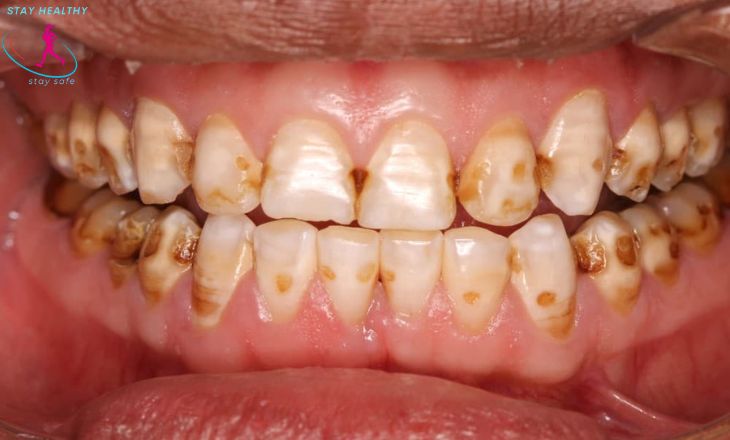
Can a dark spot be removed?
A dark spot, caused by staining, can be tackled at home or the dentist’s office to clear up the discoloration. A 2017 review outlines some popular methods for tooth-stain removal, such as various tooth bleaching kits or whitening strips, available for home-use or at the dentist. Both types can help erase stains and brighten teeth.
Dental prophylaxis, a procedure done in-office, utilizes a special paste to clear away dental plaque and tartar. The gritty particles in the paste possibly help in erasing surface stains. Tooth whitening products like pastes, powders, or drinks could also be useful. Regular brushing with a tooth whitening paste containing fluoride can push out food debris and plaque and potentially tackle surface stains. Pastes often include peroxides and baking soda, with baking soda known to help scrub out stains.
How to avoid dark spots on your teeth
First, embrace solid oral cleanliness. Brush using a whitening fluoride toothpaste and don’t forget to floss at least two times in a day. Aim for a good 2-minute brush. Add a mouthwash routine, too. Go for one with alcohol, menthol, or eucalyptol to fight bacteria in your mouth and on your teeth. Mouthwash isn’t a replacement for brushing and flossing.
Quickly brush after munching or sipping on items that stain or spot your teeth – think coffee, tea, soda, wine, red pasta sauces, and chocolates. No cigarettes, pipe tobacco, chewing tobacco, or cigars. Schedule a visit to your dentist twice a year for a check-up and a routine cleaning. Finally, discuss professional whitening treatments with your dentist and ask if there’s anything else you need to do for your teeth’s wellbeing.
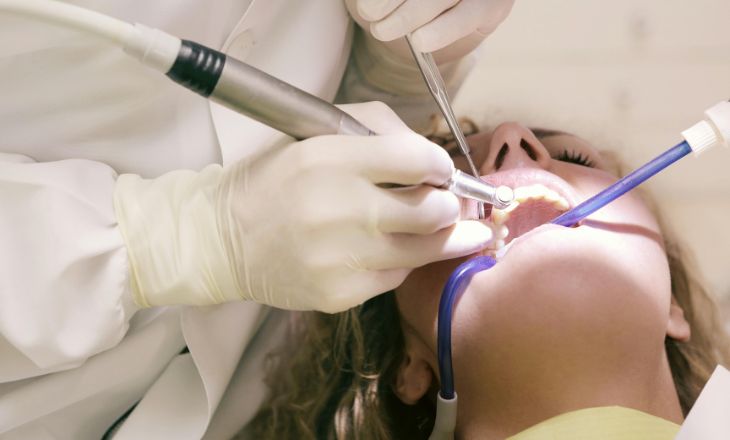
What Does Tooth Decay Look Like?
A cavity is just a hole in your tooth, a result of years of decay. Look for signs like white or black specks on your teeth, or you may even feel a gap with your tongue. Being told by a dentist that you have a cavity is something you certainly don’t want to hear. Sometimes, detection isn’t easy until symptoms become too hard to ignore.
If you end up with a cavity, it’s inevitably dentist time. Good oral hygiene helps avoid needing a filling. Also, it’s important to watch out for any signs that something isn’t right.
Signs you may have a dental cavity
At times, you may not notice a tiny cavity all by yourself. You could require a dentist who may examine your teeth or even do a teeth X-ray to find it. Eventually, a cavity will become apparent to you. Here are several usual signs of an emerging cavity.

Toothache
Sometimes, you might feel your teeth throbbing, aching, or find your tongue nudging it. Eating something very hot, cold, or extra sweet may make this pain sharper.
Sensitivity
One of your teeth seems to react more when there’s a change in temperature. Sipping hot or cold drinks may cause you to flinch a bit.
Hole in the tooth
It might be a tiny hollow. Or it is probably a bigger hole or crack that you may feel with your tongue. If you could spot a hollow in your teeth, you’re looking at some dental work at the horizon.
Bad breath
The main reason for smelly breath can be as simple as having onions for your midday meal. If the odor persists even after brushing teeth and using mouth rinse, it could point towards a cavity. Ongoing stinky breath is often indicative of a gum ailment.
What does the start of a cavity look like?
Food left on your teeth can team up with mouth bacteria to create a slimy layer known as plaque. This can form on teeth near your gums, triggering the onset of gingivitis. Gingivitis triggers tooth decay and cavities because it inflames your gums. You may notice a soft part of your gumline, or a tooth might start causing discomfort.
These are warning signals that a cavity could be coming. You may spot a little white area on your tooth, signaling a loss of crucial minerals that make your tooth strong. This is called demineralization. Sometimes, there may be no symptoms, furthering the importance of preventative habits.
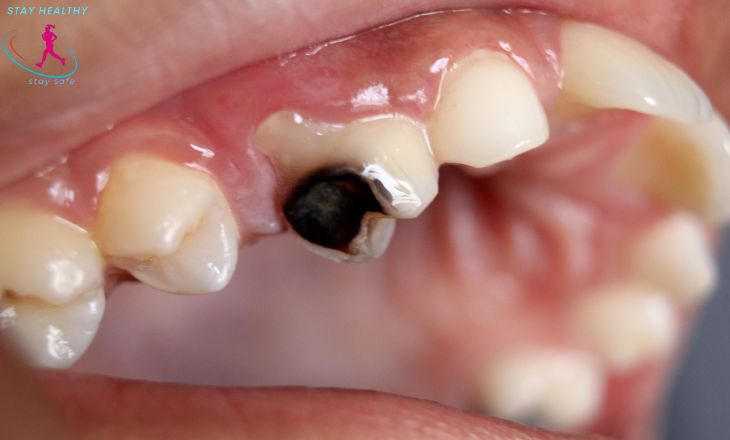
When to see a dentist
For regular dental upkeep, a dentist should be seen often. Your teeth and needs will determine how often. You should aim for routine dentists’ visits, as the American Dental Association suggests. One or two times a year is standard. Don’t hesitate to see your dentist sooner if you experience any issues.
If you notice changes in your gums or teeth, especially pain or swelling, promptly see your dentist. If your gums swell or bleed or a tooth starts to hurt, a call to the dentist is advisable.
How to prevent cavities
Prevention indeed works. You can stop mineral loss in your teeth and replenish them, reducing your chances of developing tooth decay and cavities later on. This process is called remineralization. One well-known way to ward off cavities is brushing your teeth twice daily. By using fluoride toothpaste, you can clean off the bits and bacteria that form plaque on your teeth and gums. When you brush with fluoride toothpaste, you’re also aiding your teeth to heal and remineralize.
Studies indicate that high-fluoride toothpaste is even more effective than non-fluoride ones. Here are other strategies to ward off cavities: Floss daily. Reduce your sugar intake to prevent residues on your teeth. Brush after eating sticky, sweet food. Consume fluoridated water daily. Discuss getting extra fluoride treatments with your dentist.
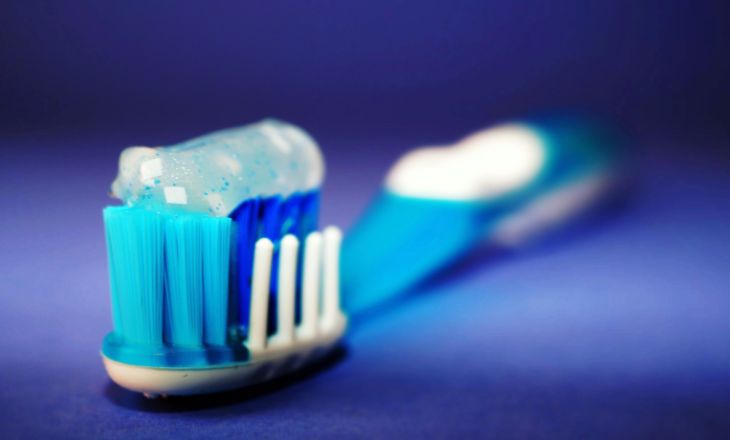
Final Thoughts
What is the Cause of Dark Spots on Your Teeth? Maybe you don’t brush well. You might eat stuff or drink stuff that stains. Tobacco can hurt your teeth too. If you hurt your teeth, they might get dark spots. Cavities can also cause spots. Some medicines and genes can change tooth color too. Brushing, flossing, and seeing your dentist keeps your teeth healthy.
Eating right and not using tobacco helps too. Deal with teeth problems fast so they don’t get worse. When you know about these issues, you can keep your teeth looking good and you healthy overall.
FAQs
What causes dark spots in teeth?
Teeth can develop brown or black spots due to several reasons. Cavities often cause these, but they could also be nutritional stains or decay. Fluorosis and tartar can lead to spotty teeth, and aging plays a part too. Certain medical conditions may contribute to this issue. Fixing these spots range from teeth whitening solutions to dental procedures, and it all depends on what’s causing them.
How do you get rid of black spots on your teeth?
Take a brush, add baking soda, and sweep over your teeth for two minutes. Blend baking soda with lemon juice making it into paste. Brush your teeth as you usually would. After a few moments, the results are noticeable–your teeth will shine brighter and appear cleaner.
What deficiency causes black spots on teeth?
Vitamin B12 has a vital role in maintaining healthy teeth and gums. It helps combat bacteria causing plaque, which over time can stain teeth. If you notice your teeth are discolored or your gums are unusually red, it might indicate a B12 deficiency.
How can I remove brown spots from my teeth?
Expert teeth-brightening methods can effectively erase brown stains. They often need multiple dentist appointments. The effects of these in-office treatments usually last about three years. Keeping your teeth clean could help these results last longer.
